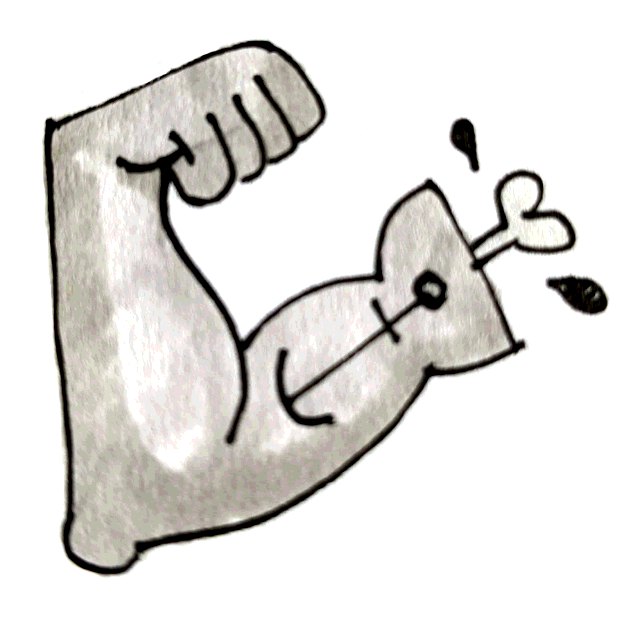Thinking about Benign Violation Theory made me think that maybe genuine laughter is a response to perceived danger.
A violation is potentially dangerous and, as most of our evolutionary inheritance is about survival, it seems that a response to danger is a good starting point. But what is our response to danger? Well it is controlled by a very deep part of the brain called the amygdala and we know our response colloquially as fight or flight. It's that tense, ready feeling that we get which is created in our bodies by a release of adrenaline.
But we know from Benign Violation Theory that with humour the violation turns out to be benign (not dangerous) so as a human being we are maybe left with a load of adrenaline flowing around our system without there being anything to fight or run in flight from.
So how do we cope with that extra adrenaline? Maybe we've evolved a way to deal with it. A physical reaction that disperses it through physical movement, different breathing patterns, and the release of chemicals. We find it pleasurable because it is moving us from a tense, ready-for-action, type of situation, towards a more relaxed, comfortable situation.
The message of laughter at this level is: "Everything is OK, you are safe, now relax."
At this point I imagine a caveman, let's call him Ug, hunting on the plains of an African savannah. He is approaching a copse of trees and bushes when suddenly there's rustling in the bushes and a flock of birds rise from them in escape. Something has disturbed them! Was it a lion? A sabre toothed tiger? "Am I about to be chased and eaten?" thinks Ug. Only just then he sees his friend Og, sauntering out of the bushes, his spear slung over his shoulder, looking very proud of the small dead animal he is holding. The catch of the day. Suddenly Ug is flushed with relief, the danger wasn't really danger after all, and he laughs aloud and goes to slap his friend on the back and tell him about the fright he just gave him.
I'm sure we've all been in a comparable situation, and we know the feeling. Well, I think that's what laughter is about. It's about relief, it's about safety, it's about being ready for danger and then finding that you don't need to be.
While we're thinking of examples, think of a time when you've been booed by someone. Maybe at night, maybe walking down a dark corridor, your hackles already risen, and they boo you and ... oh my god, it takes all your strength not to punch them in the face. Of course, their cheeky grin and the realisation they are not in fact an axe murder, mostly has you joining them in giggles, but you feel that adrenaline, you feel that fight or flight response and you can quickly see how unhelpful – if not exhausting – it would be not to have a good way to dissipate that response, especially back in the days when that kind of mortal danger was actually a more constant presence in people's lives.
So there you have it. A theory of why we laugh. The trouble is it doesn't feel very satisfactory does it, because you're probably thinking of all sorts of cases that don't seem to fit the model, all sorts of things where it's hard to see danger as part of the picture, and where you've never consciously feel a surge of adrenaline as part of the experience.
This is where I think we come to the second half of the story which I call tickling.
<- Back
